Diva (1981)
“She’s the queen of the night.”
|
Synopsis: |
|
Genres, Themes, Actors, and Directors:
Response to Peary’s Review: … Alba [Luu], a teenage, hedonistic Vietnamese shoplifter and Gorodosh [Bohringer], her adult, white, Zen-freak boyfriend; the tall, handsome, suave Latin thug [Damon] and his short, indented-faced, punk-garbed, blond, younger partner (Dominique Pinon is a memorable screen villain), who always has a Walkman blaring in his ears.” Peary points out that “Beineix underscores [these] odd teams by mixing rock and classical music”, and that “visually, Beineix uses his frame like a Pop-art canvas, filling the spaces between his black, blue, and red images with white light, direct or reflected.” (Beineix’s DP was Philippe Rousselot.) He notes that Beineix is “thrilled with movement, so he places his characters on wheels (Jules’s moped, Gorodosh’s classic white Citroen, Alba’s roller skates, etc.) and lets the camera run wild, almost as if it had a life of its own. (One of the highlights is a mad car-motorcycle chase.)” He adds that Beineix “makes weird choices at every turn and very few don’t have big payoffs.” Peary elaborates on his detailed analysis of this film in his Cult Movies 3 book, where he notes that “it is precisely Beineix’s determination to mix diverse elements such as opera and a lowbrow crime drama that makes the film so outrageous and entertaining”, and points out that Beineix’s “actors come in all shapes and sizes and from various backgrounds”. He argues that what the film’s survivors “have in common is a capacity to love people and love good music” — indeed, “love and music are shown to be pure, purifying forces”, while “the criminals are those people who prostitute love… or music…; in the minds of Delacorta and Beineix the businessmen who deal in record piracy are just as ruthless as down-and-dirty street criminals.” Peary ends his lengthy Cult Movies review by noting that “the film is about how a singer’s lovely voice and a series of strange circumstances cause Jules, Cynthia, Alba and Gorodish to interact”, with the result “that all of them break out of their depressed past-obsessed states, reveal inner goodness…, find love, and make commitments to the future”. He notes that while this is a “cheery, sentimental theme that would seem out of place in typical low-budget crime thrillers”, he thinks “it’s one of the reasons Diva is such a crowd pleaser” — and I agree. This delightful, quirky, visually vibrant flick remains as unique as it was upon its release, and has held up remarkably well — there’s no other film quite like it, and I doubt there ever will be. Redeeming Qualities and Moments:
Must See? Categories
Links: |
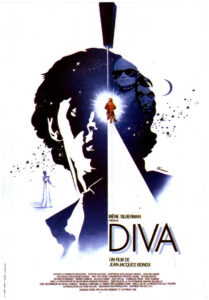
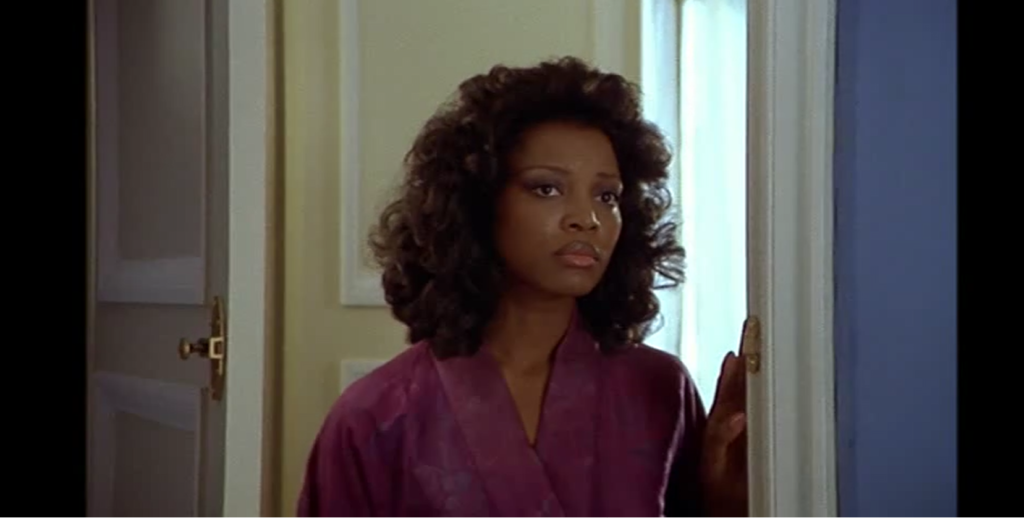
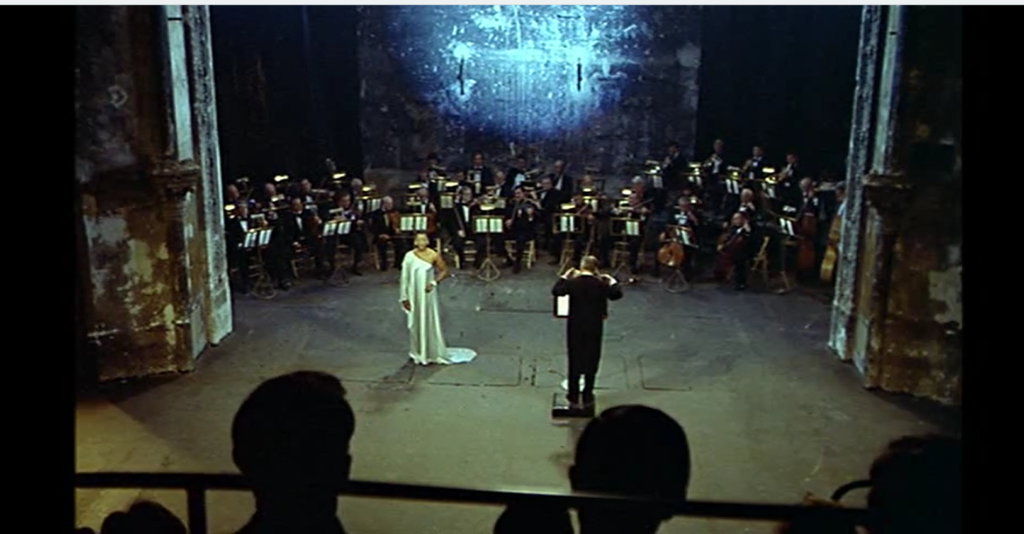
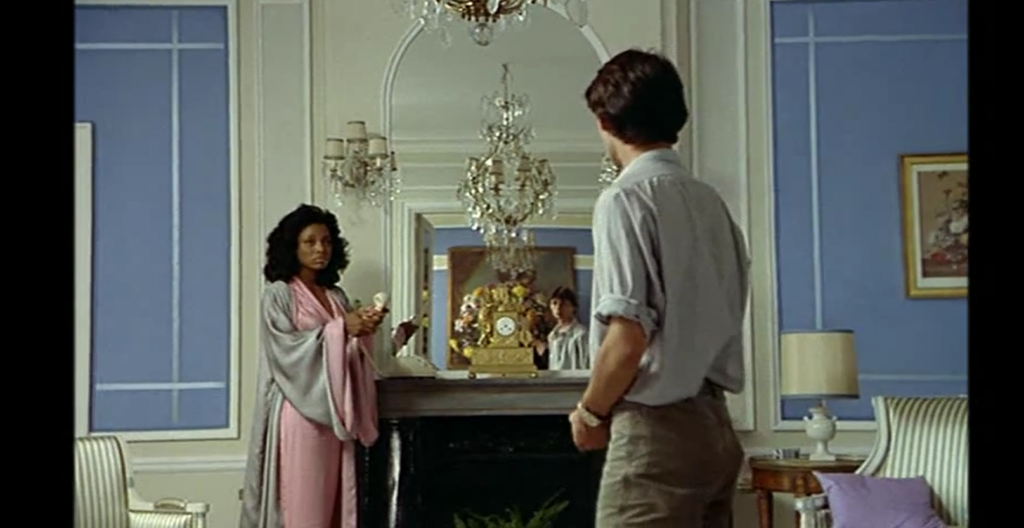
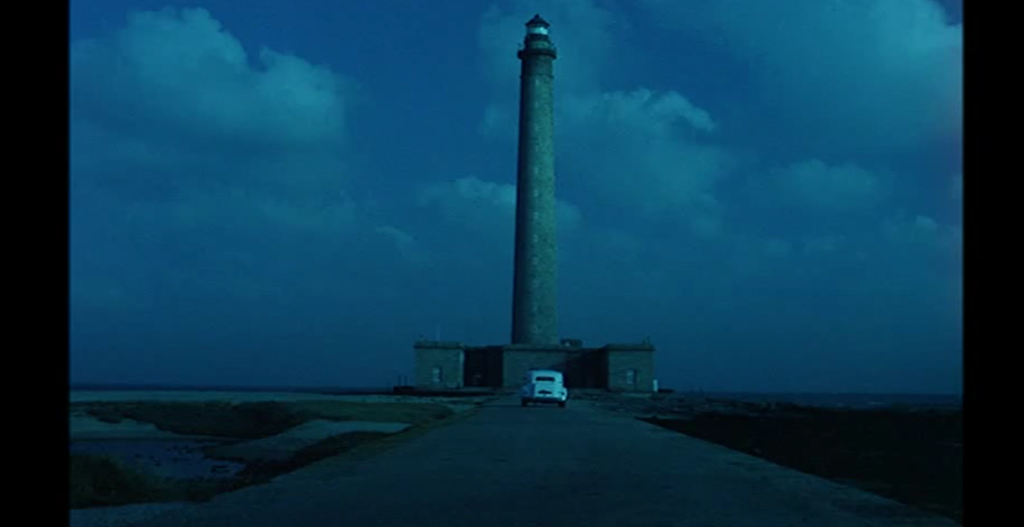
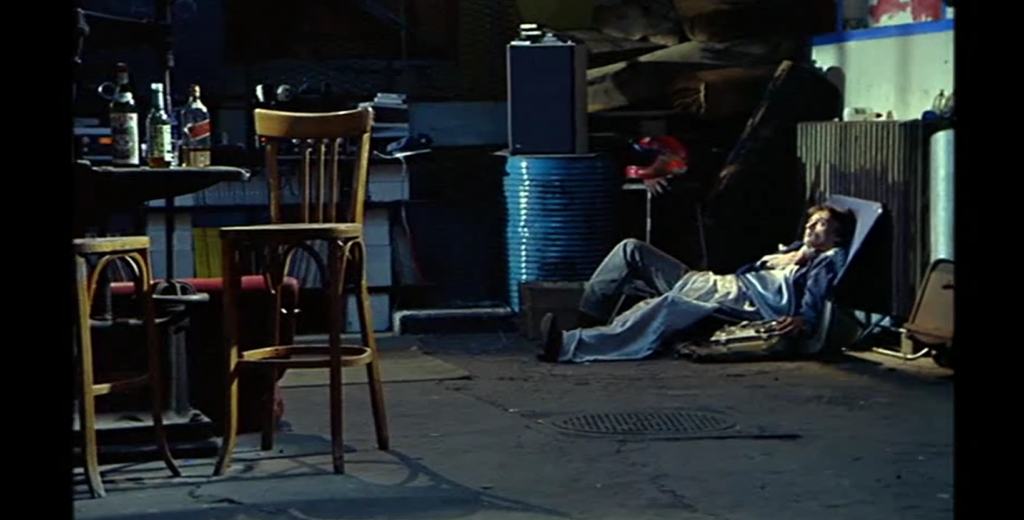
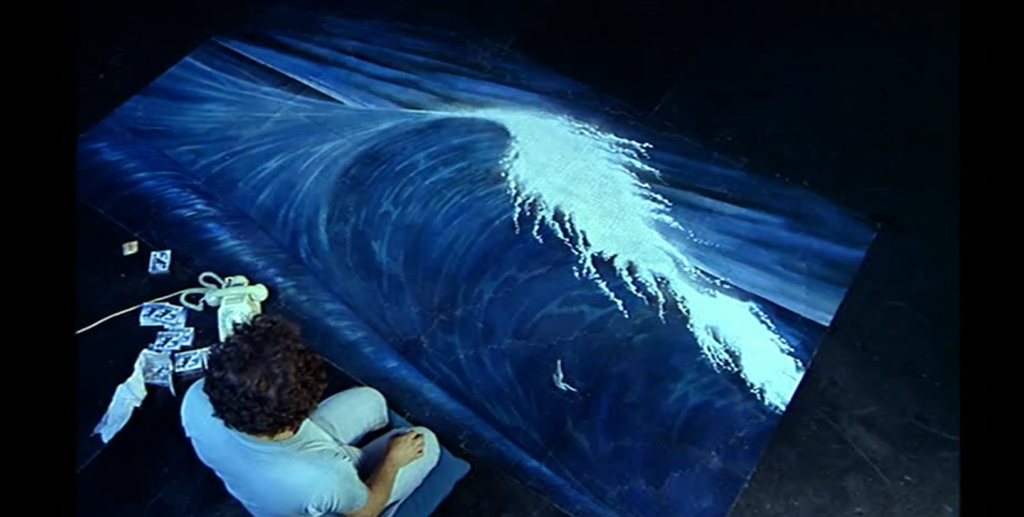
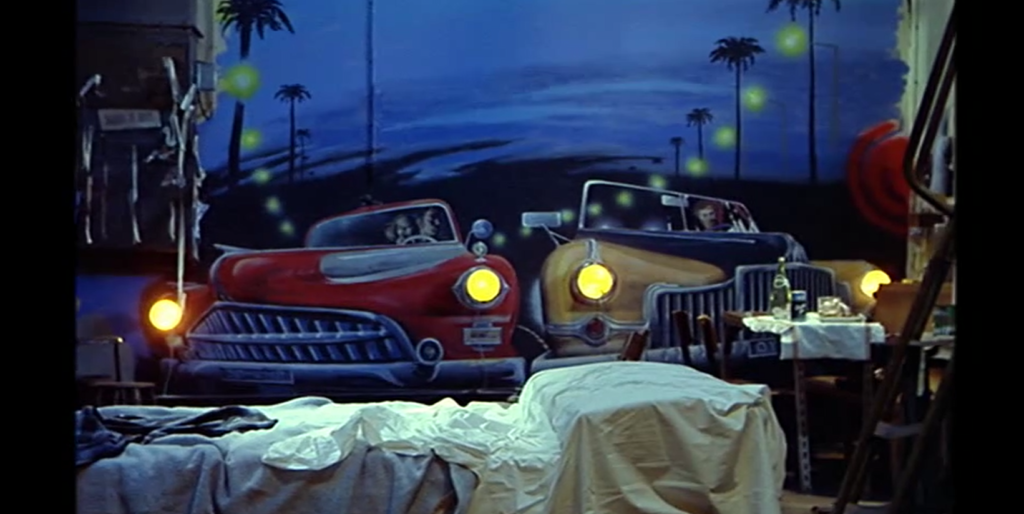

2 thoughts on “Diva (1981)”
First viewing. Not must-see – but no doubt it has found / will find its cult fans.
I can understand how this film acquired both art-house and cult appeal. But I can’t share the enthusiasm. I find it mostly ponderous, longer than it needs to be, and filled with uninteresting characters.
The info involving the drug / prostitution ring is mildly intriguing, Rousselot is an impressive DP (he went on to do a lot more, equally interesting work), and there are two nicely executed chase sequences.
Fernandez has a lovely voice, though her acting is a bit under passable. The bigger problem: an opera diva who is so ‘pure’ and so lacking in ego that she would refuse any chance at preserving her voice in recordings?! Since when?
Most effective sequence: Bohringer and Fabbri in the blackmail showdown. … But, by the time the film reached its drawn-out conclusion, I had long-stopped caring.
⭐️⭐️⭐️⭐️⭐️ out of ⭐️⭐️⭐️⭐️⭐️
A classic gallic thriller and a stunning visual experience directed with great style. A big deal back in ’81 and it holds up extremely well today.
As for it being significant in any major way, no. Only as Beineix’s first film perhaps. I personally recommend it but in terms of historical significance, not must see.